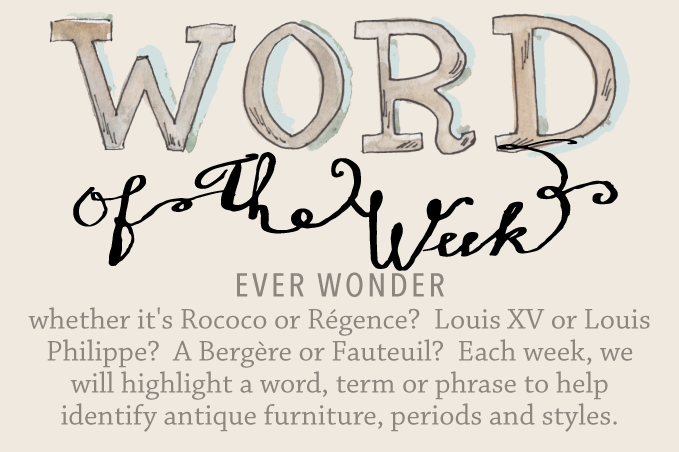
French Wedding Traditions Part 1: The Trousseau & Armoire de Mariage
A Family Affair: Planning Cole & Marissa’s Big Day
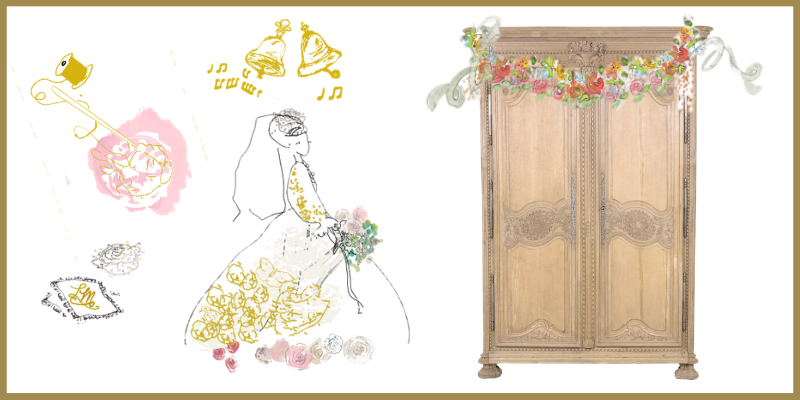
From bundles of lace to hand-carved armoires, French brides have always stored love and linens in style.
What's in a Trousseau?
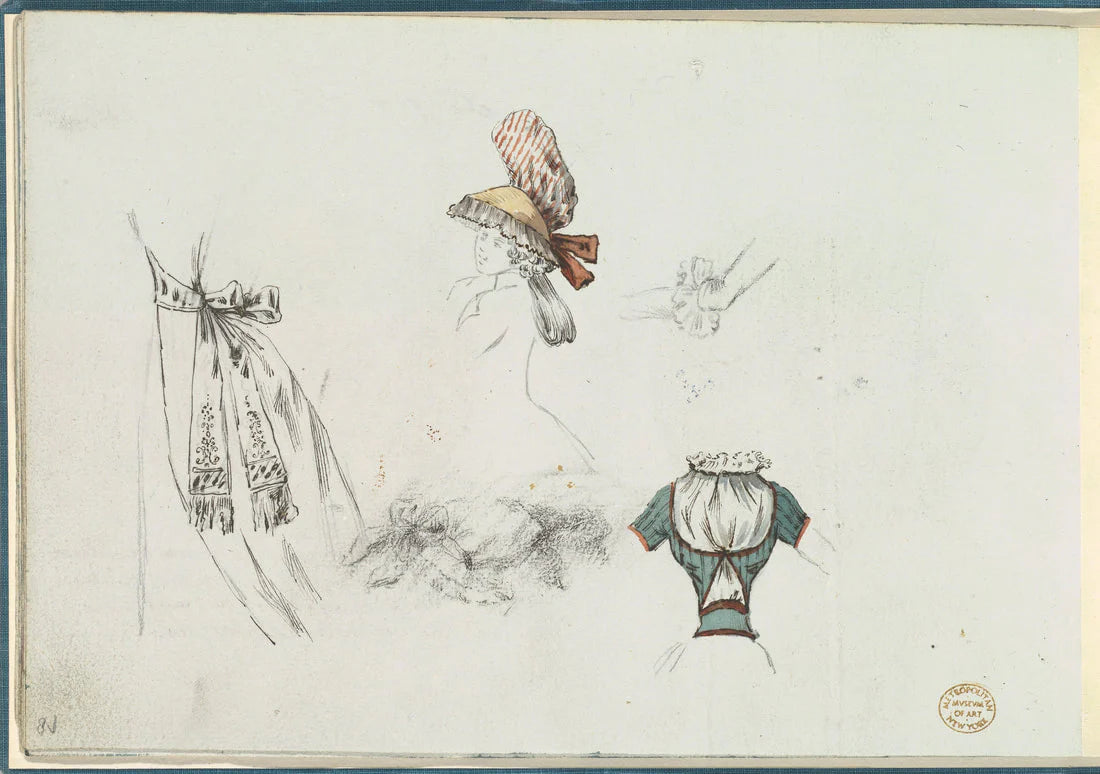
A peek into the ribbons, lace, and layers that made their way into a young bride’s trousseau. Every bow, bonnet, and bodice was stitched with status. French Costume Design Sketches including a Bouffant Skirt, Hat, and Bodice, ca. 1785-90, Metropolitan Museum of Art.
Catherine de Medici’s Dazzling Example
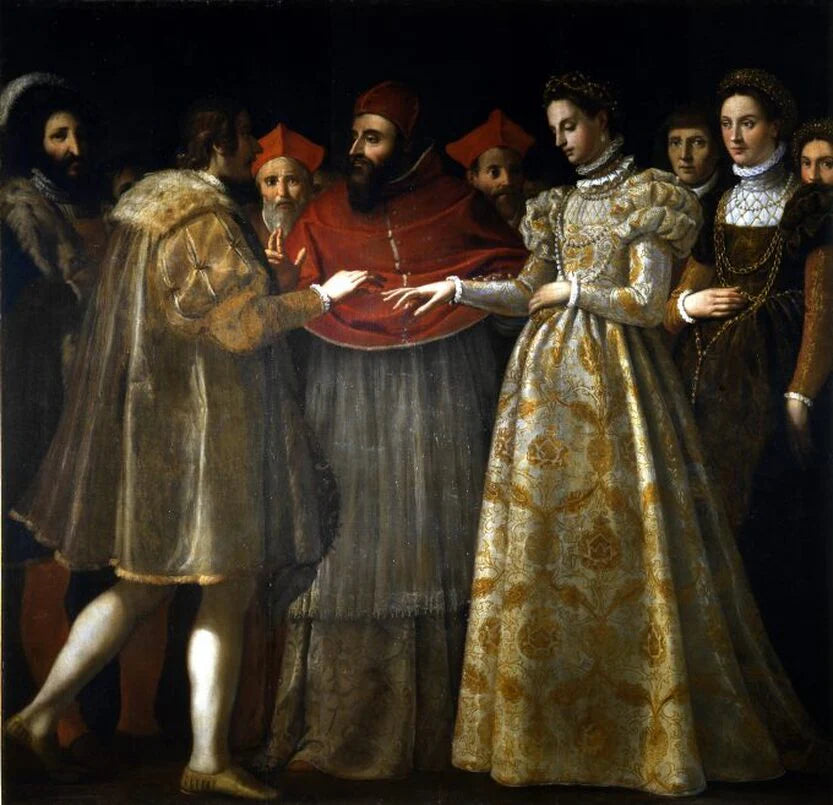
From Royalty to Reality
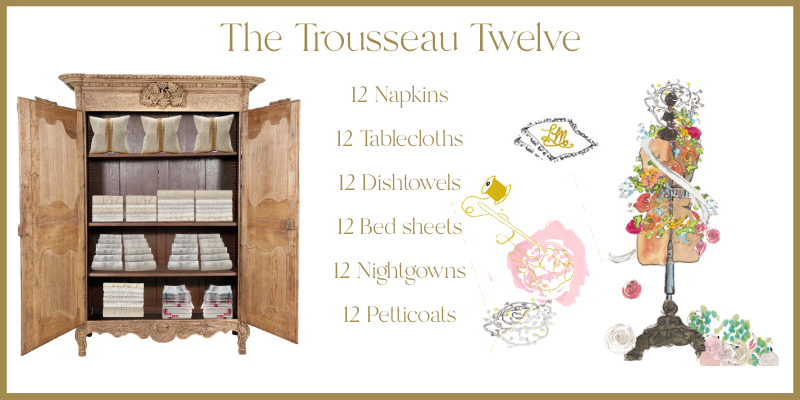
The Trousseau Twelve: a bride’s essential dozen — from napkins to nightgowns — stitched and stacked to start married life in style.

The Armoire de Mariage
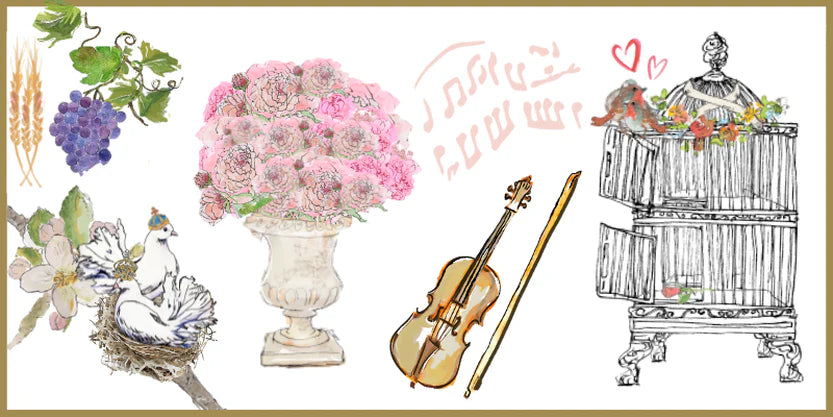
Birds, blooms, vines, and violins — marriage armoires wore their well-wishes on the outside while guarding a bride’s treasures within.
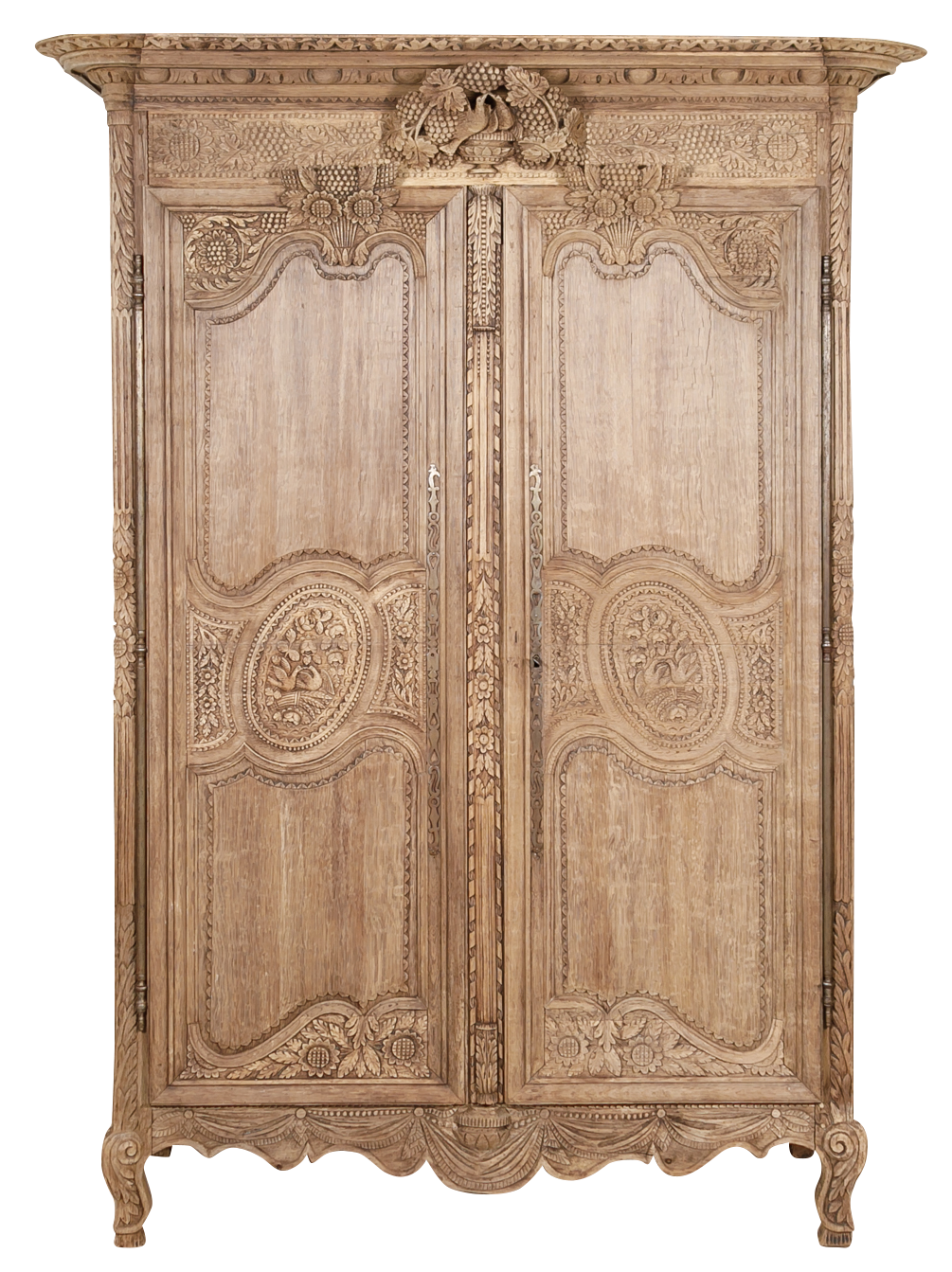
19th Century French Country Louis XV Style Bleached Oak Normandy Wedding Armoire / Item #LO3150 / Lolo French Antiques et More
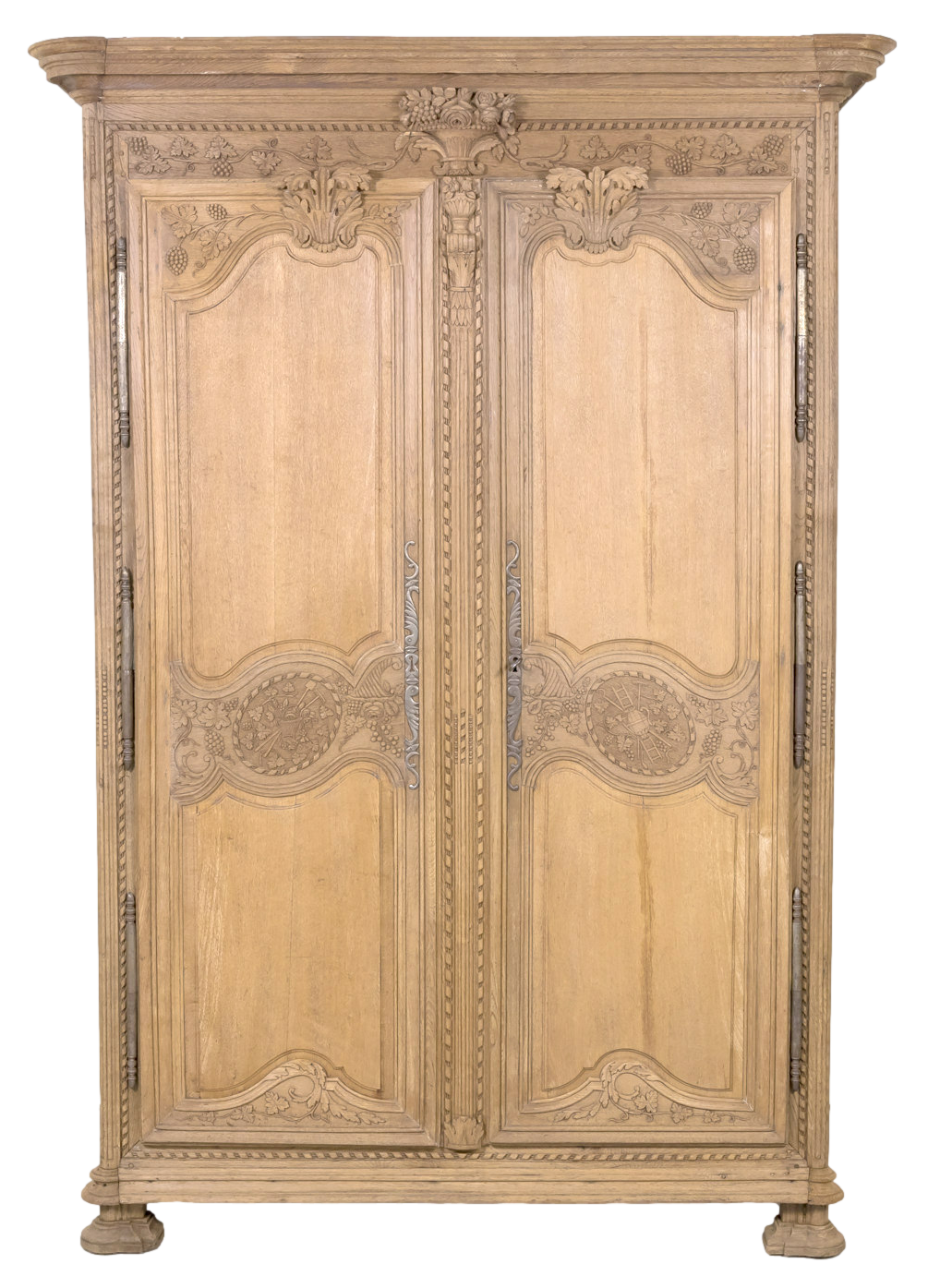
19th Century Country French Louis XIV Style Bleached Wedding Armoire from Normandy / Item #LO254 / Lolo French Antiques et More
A Father's Gift, A Family's Blessing
Love, Linens & Lasting Traditions
À Bientôt!

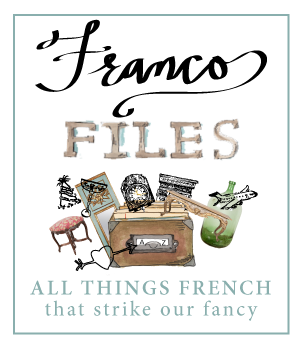


RECENT ARTICLES


Browse the Full Series
See all Word of the Week posts →
See all Word of the Week posts →

Browse the Full Series
See all Double Vision posts →
See all Double Vision posts →







